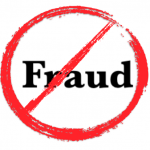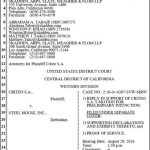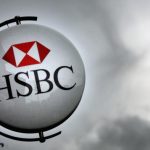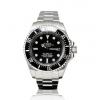Fraudsters don’t sleep, no matter who owns the tools to fight them
Columnist Chuck Moran takes a look at the wave of consolidation in the ad verification space and discusses what it means for marketers in their search for transparency and solutions to fraud.

The ad tech space is consolidating. Fueled by competitive pressure from the likes of Facebook and Google, independent point solutions are being swept up into larger streamlined offerings that can compete with the tech giants in providing quality inventory at scale.
While evidence of this trend can be found in every corner of the ecosystem, it has come full force to the top among independent viewability and verification companies. In the span of a few months, Providence Equity Partners took a controlling interest in DoubleVerify, Oracle bought MOAT, and talk of Integral Ad Science selling has grown from a murmur to a rising crescendo.
These are the companies which were founded to meet marketers’ growing demand for impartial confirmation that the inventory they purchase is brand-safe, in view, and priced against verified human traffic and not bots — in other words, quality inventory. In an industry increasingly vigilant about quality, these companies provide peace of mind.
Putting aside the financial rationale for this recent M&A, what does the consolidation of this market means for advertisers and their drive for quality and transparency?
Pros and cons for marketers
An obvious upside to marketers is that consolidation can streamline processes and make the solutions more turnkey; planning, measuring and optimizing of media campaigns gets that much easier because you have one less tool to manage.
Drawing these quality controls more closely to the supply itself should also mean better return on ad spend. With greater supply quality will come better performance, which means that you’re more efficiently spending your media dollars. So that’s the upside: a more efficient way to access the value the verification companies already provide.
There’s downside risk, too, however. Although the official line is that these firms will continue to operate independently from their parents, it’s also possible that this rapid consolidation will lead to a situation where we have foxes guarding the hen house.
If the companies responsible for independent oversight of supply are owned by the firms providing said supply, marketers may lose faith in the impartiality of the verification. You can’t “grade your own homework,” to use the words of Procter & Gamble’s Marc Pritchard.
How does the demand for independent verification play out? Recent history gives us a good idea.
The history
It’s worth taking a look at the origins of online verification. Not too long ago, the nascent mechanisms for verification were based on crowdsourcing the feedback of visitors to a site — real human beings testifying whether or not they had engaged with an ad, where the ad appeared and whether it was appropriate. They would go back to the brand, and the brand would go back to the agency, and the agency would go back to the supply partner.
The companies being snapped up today emerged in this environment, and once the industry got going, it was this crowdsourcing verification which then became more formalized through the scalable technology the verification companies of today developed.
Having tasted this level of transparency, it didn’t take long before the buy side started pushing back on the supply side, and the result is that now we have a robust market for technologies that can ensure a transparent supply guarantee for buyers.
That market is based on a lasting demand among advertisers for transparency — one that is likely to outlive the companies that grew up in this latest cycle.
Healthy suspicions fuel innovation in measurement
We all know that the people who are perpetuating fraud are not going to be sitting back and watching their golden bank evaporate in front of them. The fraudsters are always going to be finding new ways to siphon off from the marketplace. And as long as there are fraudsters, there will be new technologies that will come out to thwart them.
In addition to a demand for solutions to fraud, there will also be demand for a neutral party to verify whether those solutions are actually working. The very existence of ad fraud and viewability shortfalls has inculcated a healthy tension between demand and supply.
It’s already routine for buyers to utilize two or three separate verification solutions at once, triangulating and ensuring that the figures match up. That’s not going to change.
It’s a safe bet that the next big fraud method — and the next big tool to fight it — are in development already. There will always be this healthy current within the marketplace for new measurement technologies and new verification technologies to pop up. This cat-and-mouse game is part of digital — and it’s here to stay.
Some opinions expressed in this article may be those of a guest author and not necessarily Marketing Land. Staff authors are listed here.
Marketing Land – Internet Marketing News, Strategies & Tips
(35)














